The PD-1/PD-L1 axis is a well-known immune checkpoint, High activity within the PD-1/ PD-L1 axis promotes T cell dysfunction. Great progresses are made in recent years to use PD-1/PDL1 blockade therapy in cancer treatment. Studies have shown that primary resistance to anti-PD1 therapies is common, affecting up to 60% of patients in some cancer. Furthermore, it is now becoming apparent that initial responses observed among some patients can be undone by their development of acquired resistance to anti-PD1 therapies. Given the common problem, GemPharmatech has successfully developed a variety of anti-PD1 resistant model.
1.Keytruda-induced resistance model
Through inoculating anti-PD1 drug-sensitive tumor cell lines CT26 and MC38 on hPD1 target humanized mice, followed by induction with Keytruda, drug-resistant tumor strains were isolated and established. These resistant strains were then re-implanted into mice and subjected to drug treatment induction. After multiple cycles of this process, drug-resistant strains were eventually obtained.


Fig1. Keytruda-induced drug resistance model in CT26


Fig2. Keytruda-induced drug resistance model in MC38
2.MHC-I deficiency drug-resistant model
MHC-I (major histocompatibility complex class I), mainly mediates the process of endogenous antigen presentation, and knockout of B2M protein results in MHC-I deficiency.
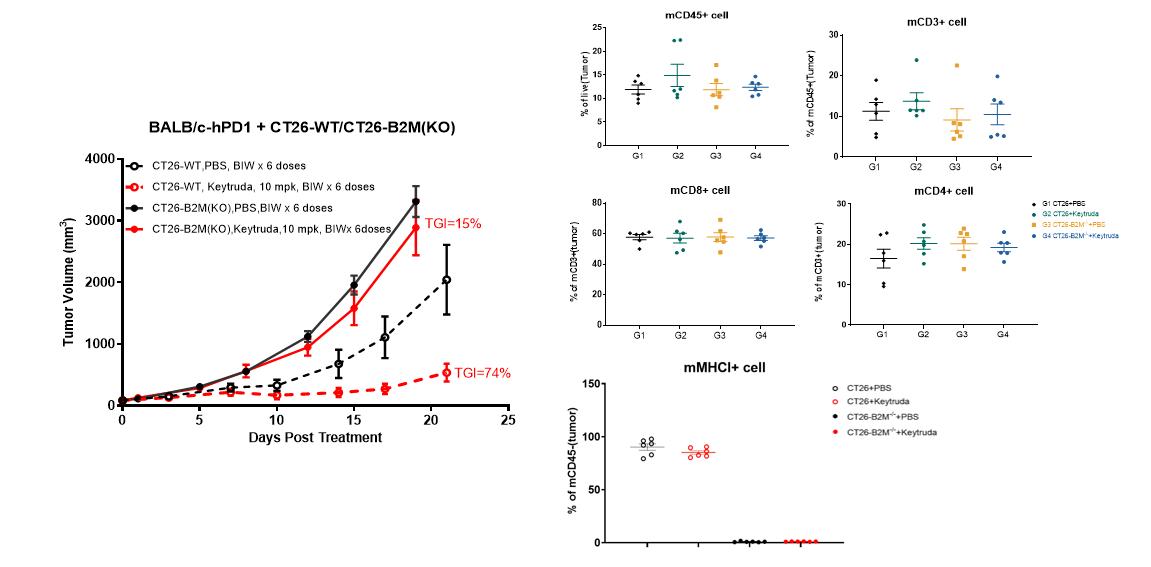
Fig3. Keytruda efficacy test in subcutaneous tumor-bearing CT26 and CT26-mB2m KO models of BALB/c-hPD1 mice
3. Natural drug-resistant strain model
KPC: TIL analysis
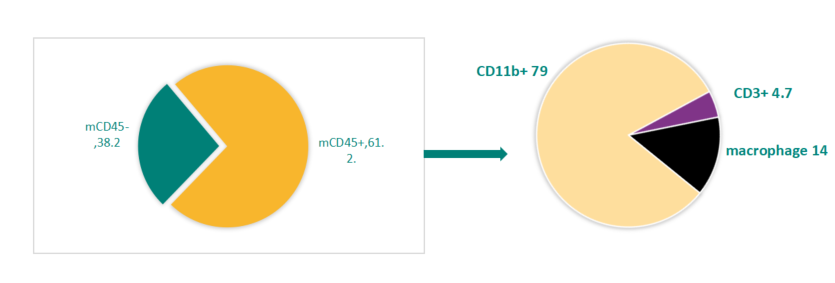
Fig4. Subcutaneous inoculation of KPC cell line in C57BL/6J mice
Pan02: Drug efficacy data

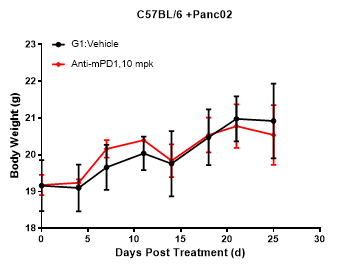
Fig5. Subcutaneous inoculation of Pan02 cell line in C57BL/6J mice
B16F10: Drug efficacy data and TIL analysis
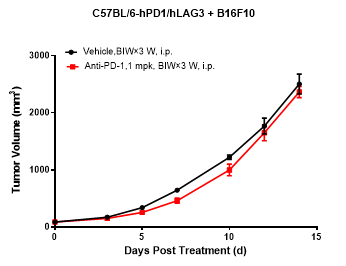


Fig6. Subcutaneous inoculation of B16F10 cell line in B6-hPD1/hLAG3 mice
LLC: TIL analysis

Fig7. Subcutaneous inoculation of LLC cell line in C57BL6-hPD1 mice
4T1: Drug efficacy data and TIL analysis
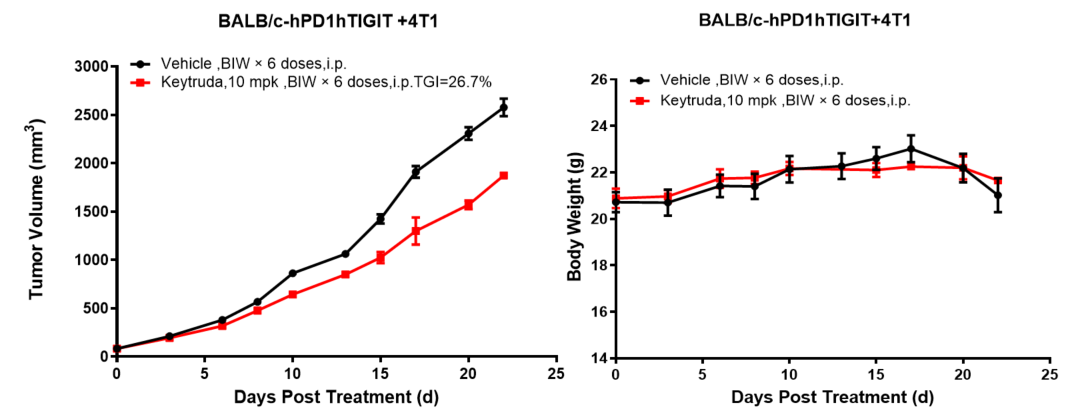

Fig8. Subcutaneous inoculation of 4T1 cell line in Balb/c-hPD1hTIGIT mice
EMT6: Drug efficacy data and TIL analysis
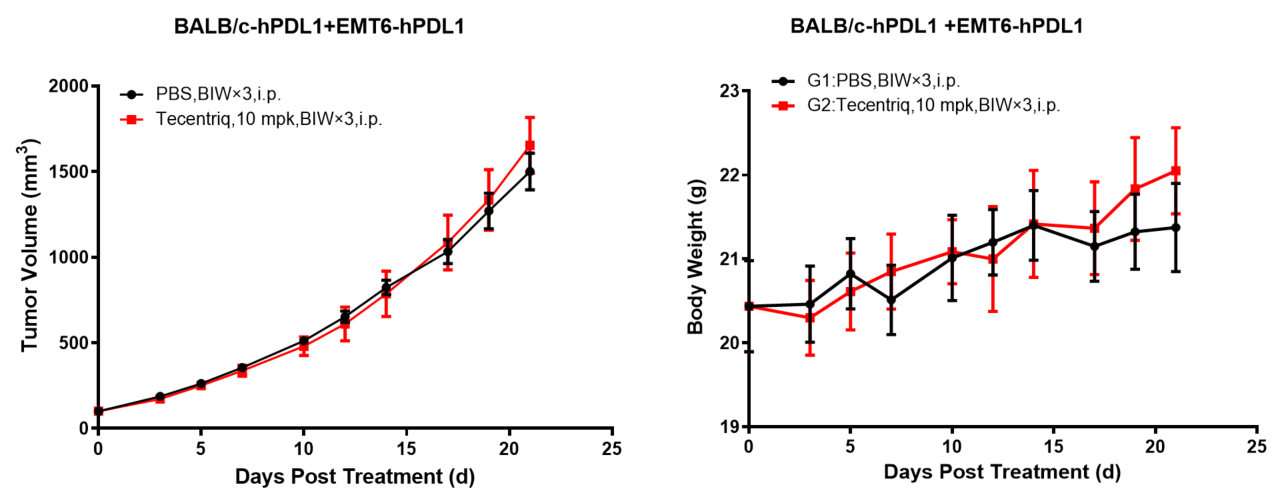

Fig9. Subcutaneous inoculation of EMT6 cell line in BALB/c-hPDL1 mice
RENCA: Drug efficacy data and TIL analysis
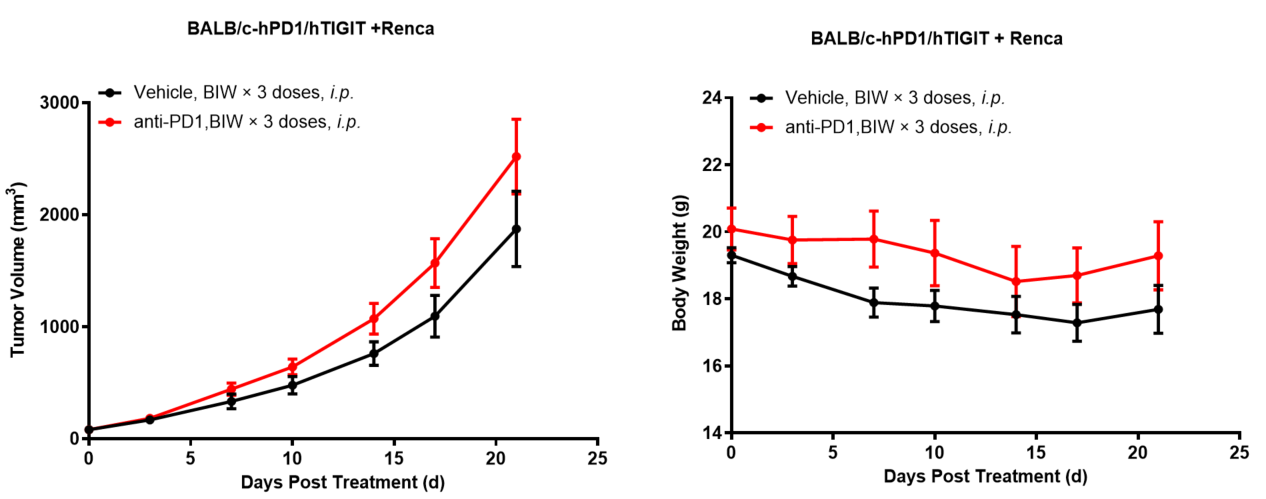

Fig10. Subcutaneous inoculation of RENCA cell line in BALB/c-hPD1/hTIGIT mice
Characteristics and Application Scenarios of Various Drug Resistance Models


